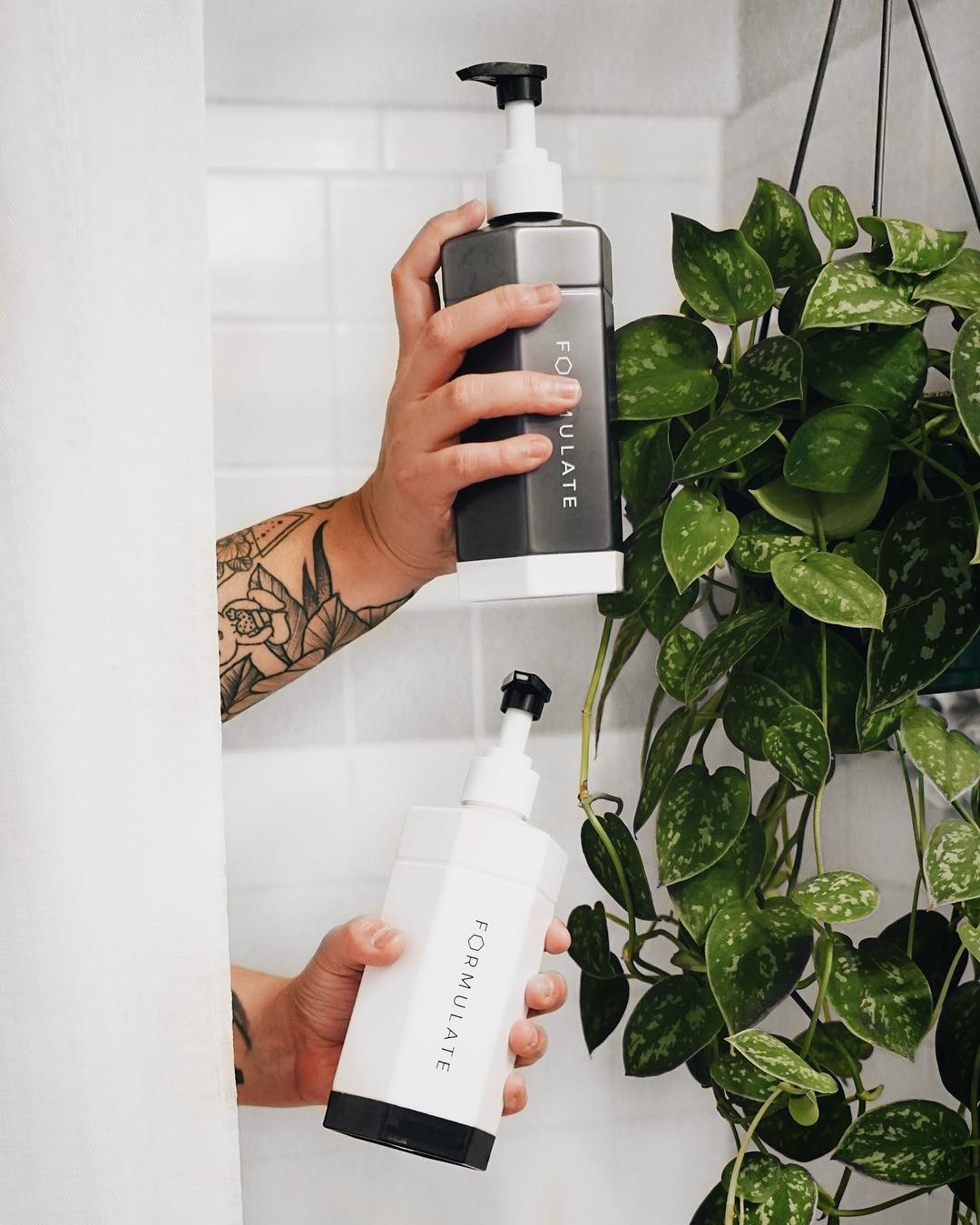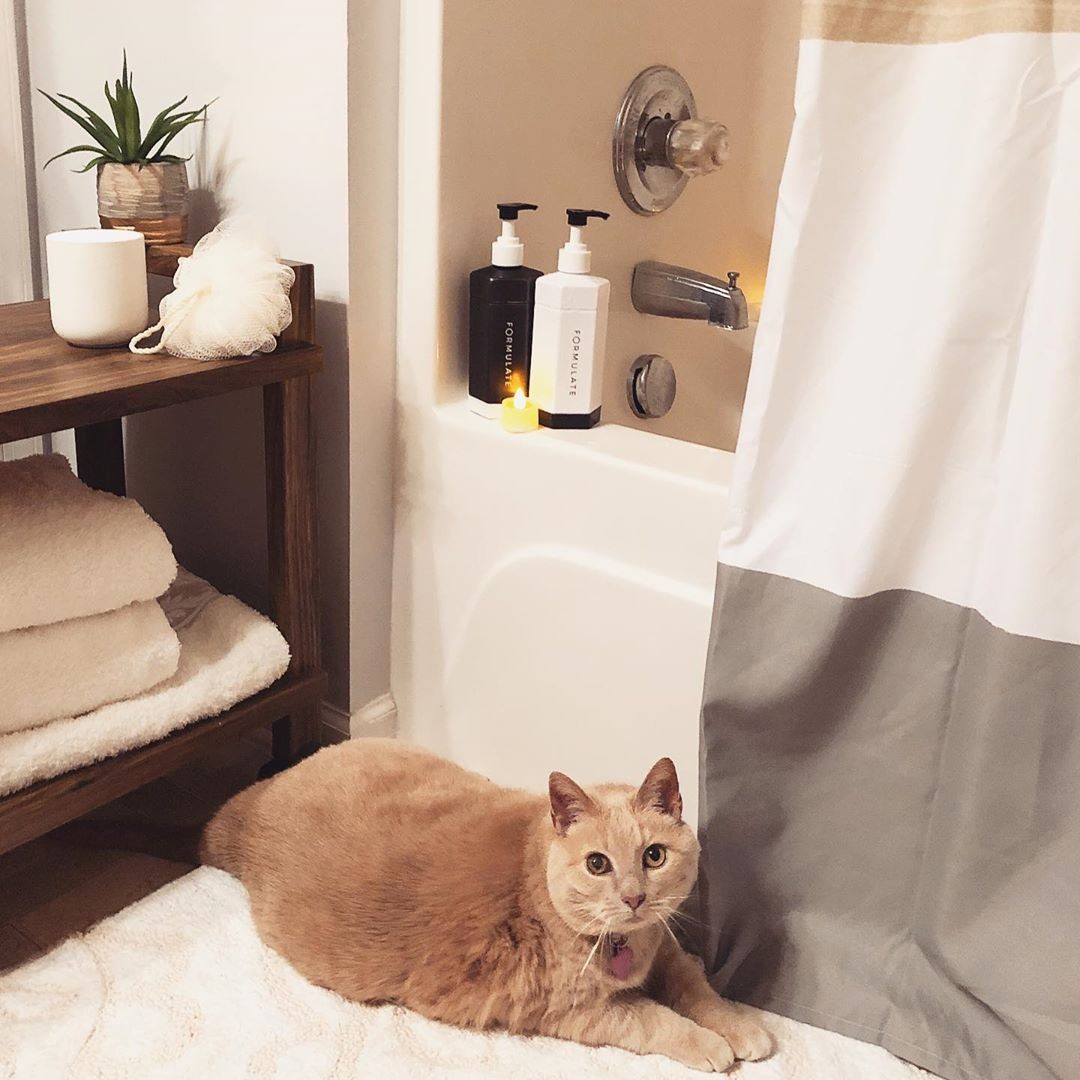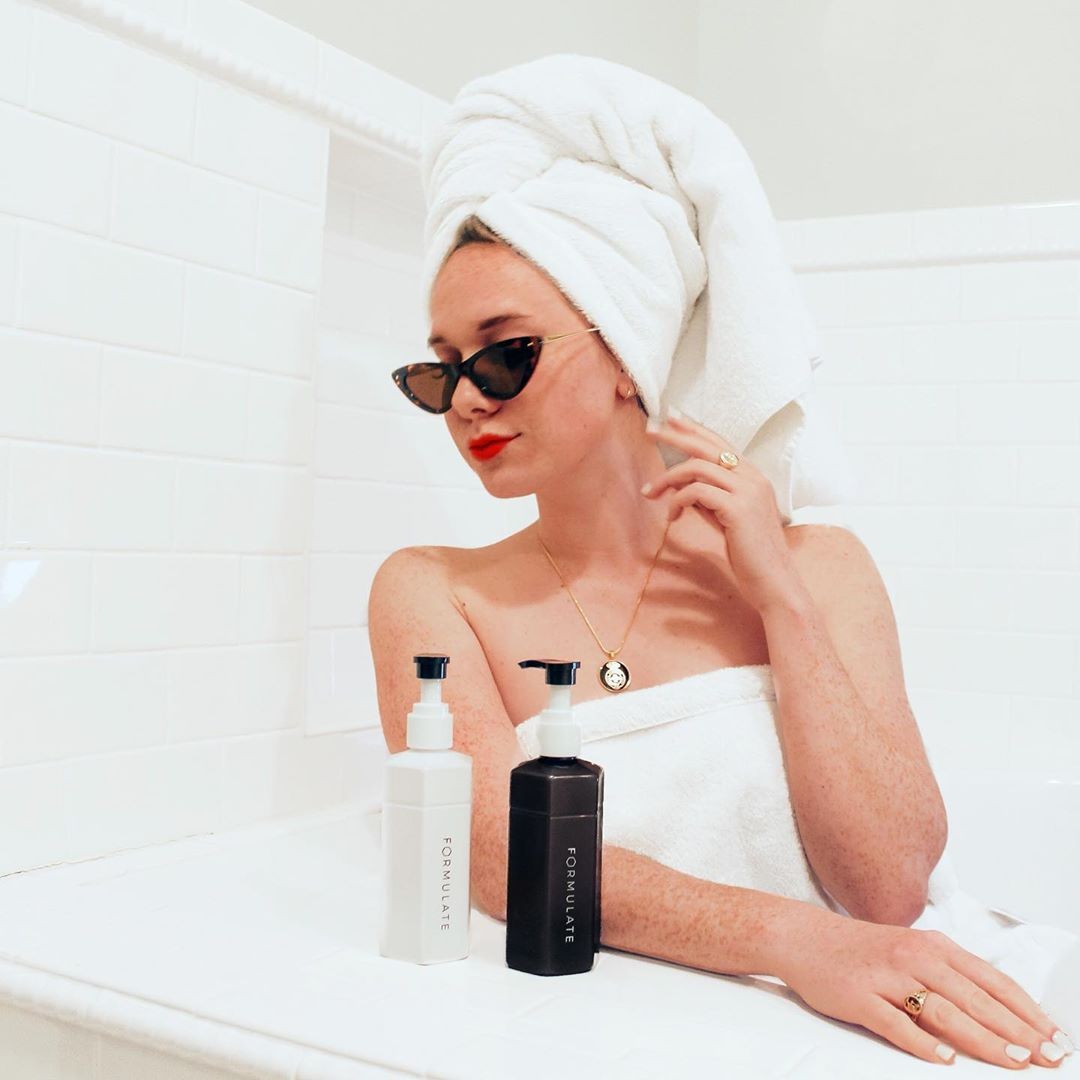Having an oily scalp and dry ends is just not fair. And on paper, it doesn't seem to make any sense either. It feels like there's an evolutionary gap -- if sebum, the natural oil produced by your scalp exists to hydrate your hair, then why the heck isn't it doing its job? What's the hold-up?
Let's back up a little bit to explain. Contrary to what you might think, sebum does way more than just moisturize. Sebum comes from sebaceous glands which also help regulate your body's temperature when it's cold outside; it can even protect the surface of your skin and hair from the rain. When sebum is exposed to water in a cold environment, the water is more likely to bounce off, and interact less with skin and hair.
This effect changes when sebum is exposed to water in a hot environment -- sweat interferes with this reaction as to allow the water to cool the skin, more or less turning off sebum's heating effect. And when it's a hot environment and there's no heat at all, sebum and sweat work on the skin to adhere the sweat to the skin and minimize water loss in the environment through droplets while simultaneously facilitating cooling via evaporative effects.

So yeah, sebum does a lot. And because it's a useful, adaptive substance, your body may think that the more sebum, the better -- even when it conflicts with your fashion goals of looking clean and not greasy. Hence, the oily part of ~oily scalp and dry ends.
But why doesn't the oil reach the rest of your hair? Part of it can be explained by your hair type. Some hair textures, like those that are kinky, coily, curly, or very wavey, are very difficult for sebum to move down. Fine, straight hair provides an easy pathway for sebum, while textured hair can make for a more difficult journey -- the former is like a simple trip to the grocery store, while the latter is more like a hike up a mountain.
The problem is that it takes a lot more time to climb a mountain than to go to the grocery store. By the time a person with fine, straight hair washes their hair, it's fairly likely that sebum has successfully traveled down their hair shaft. But if a person with curly hair follows that same schedule, they'll interrupt the process before the sebum has made really any progress at all. So even when it's oil city on your scalp, your ends can be dry as a desert.

Another big part of it is that your scalp has no way of telling how dry or oily your ends are. Remember: the parts of your hair that you can see are flexible tubes of dead keratinized epithelial cells (the key word here is dead). So while your scalp has the ability to notice when and where there's a lack of sebum on itself, it has no way of knowing whether or not the rest of your hair is appropriately coated with oil. Once your scalp reaches a certain level of local sebum saturation, it might assume that the rest of your hair has been similarly coated, and slow oil production down.
So now that we've covered why oily roots and dry ends exist, what can you do about them?
Here's what not to do -- a lot of people with oily roots and dry hair think that their best response is to use a heavy-duty shampoo to strip away all the oil from their scalps, and then apply conditioner to only their ends. Sure, this approach makes sense on paper, but it doesn't work in practice. Because if you remove all the sebum currently on the surface of your skin and hair, your body's response will be to replace it ASAP -- your scalp takes note of the deficit in oil, assumes that it was a terrible mistake on your end, and kicks sebum production into overdrive. The end result is noticeably oily hair less than twelve hours after a wash, which is obviously not ideal. Plus, the constant water and surfactant exposure is not good for your dry ends, no matter how much conditioner you coat them with.

What can you do instead? Start by switching to a gentler shampoo that's sulfate-free. A quick warning: it may take a minute for your hair to make the transition from a sulfate shampoo, and may continue to overproduce oil for some time. Because you won't be using a formula that completely removes all the sebum from your hair, your scalp will likely need five to ten washes before it chills out on the oil production. But once it does, the difference is pretty significant.
Wanna further up your style game and take better care of your hair? Here's what's next:
Is Hair Alive?
The answer might be a little more complicated than you thought 👀
How Often Should You Condition Your Hair?
Pro tip: Never EVER skip conditioner, unless you really want to damage your hair.
Hair Secrets: 7 Things Your Hairstylist Won't Tell You
(but totally wants you to know)
What's a blowout? (No, seriously)
...in which we provide both the literal definition of a salon blowout and also attempt to figure out the gobstopping popularity of professional blowouts.





